The Go Around procedure in the Cessna 152 was performed after an unsuccessful attempt to land the aircraft.
Video
I am continuing my training for a private pilot’s license and am getting closer and closer to solo flights. There are some mandatory training exercises before solo flights. According to Transport Canada regulations, a Go-Around or overshooting is included in this list of mandatory exercises.
What is the go around procedure?
The go-around procedure is a maneuver performed when landing is not possible or safe. The pilot aborts the descent and climbs back to a safe altitude to attempt the landing again.
Go around procedure Cessna 152
Despite the fact that the Go-Around procedure in a Cessna 152 looks very simple, it is not. The complete procedure involves the precise execution of a series of consecutive actions:
- Maximum power!
- Cut carburetor heating. Attention! During the approach for landing, the aircraft operates at low RPM. The carburetor of the Cessna 152 tends to freeze at low RPM even at positive ambient temperatures. Therefore, we turn on the carburetor heat. On the other hand, carburetor heat reduces engine power. To achieve maximum power, we must turn off the carburetor heat!
- Remove the flaps step by step with positive climb rate and airspeed control. Attention! If the flaps are fully extended and we retract them quickly, the aircraft will suddenly lose lift and crash onto the runway! Therefore, they should be retracted step by step: retract 10 degrees, check – if there is a positive climb, retract another 100 etc. Continue this way until the flaps are fully retracted.
*- Student pilots often underestimate the risk of retracting the flaps too quickly. However, it is so important that flight instructors periodically “remind” student pilots of the importance of step-by-step flap retraction, as demonstrated in this flight.
Some details about the flight day
Before the flight, my flight instructor Thomas Villeneuve and I agreed that he would unexpectedly give the command to “go around” or “overshoot”. But in reality, the situation occurred naturally, so we didn’t need to “act.”
There was a moderate crosswind. The Cessna 152 was blown to the left during the approach to the runway. I had no experience landing the aircraft in a crosswind, so I was not controlling the plane well. The Cessna 152 hit the runway and bounced. It was dangerous to continue the landing, so Thomas Villeneuve gave the command to go around.
At the St-Hyacinthe airfield, the runway is relatively narrow. In winter, when it is cleared of snow, large snowbanks appear along both sides of the runway. There is a significant risk of catching a wheel on a snowbank if the landing is not made exactly in the center of the runway. It’s even scary to think about what could happen…
A brief note about the video recording.:
I started using a 360 video camera, and it’s something new! With each 360 video recording, three files are created. The raw footage can be used to make both 360 videos like here and regular “flat” videos.
While editing “flat” or reframed videos, you have the ability to direct the camera wherever you want and change the field of view. Just ten years ago, I couldn’t even dream that this would be possible!
I really like the concept of 360 video! You can look wherever you want, not just where the author “forces” you to look.
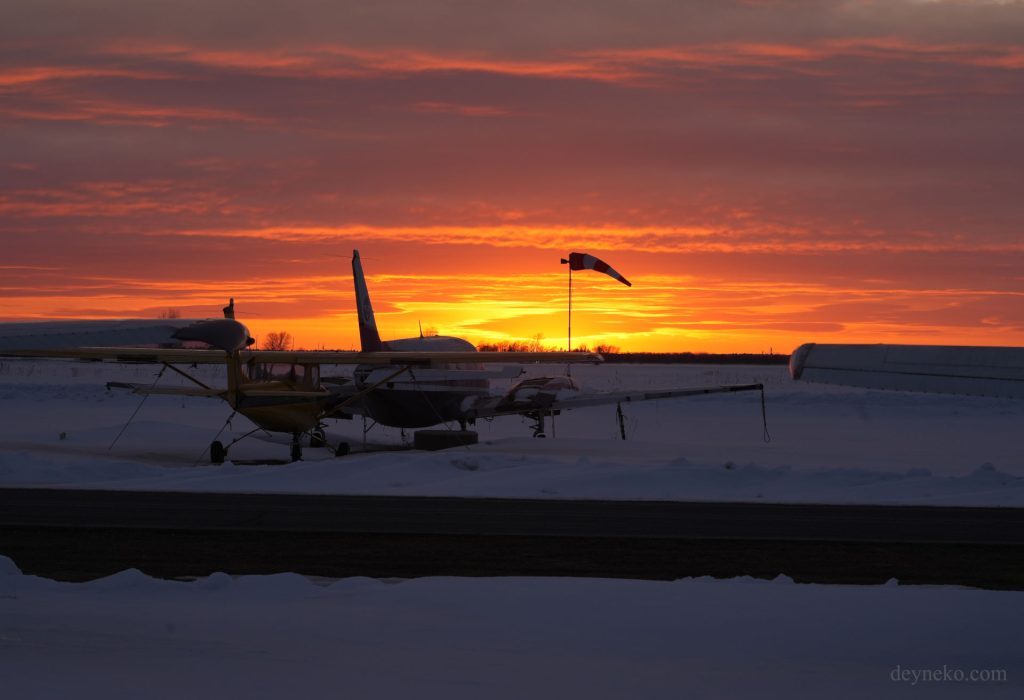
Other publications about aviation
Hybrid Electric Aircraft Testbed based on the Cessna 337
Hybrid Electric Aircraft Testbed based on the Cessna 337 – a lightweight electric motor weighing…
Aircraft spin and spiral dives | 360 video VR
Harvard flight experience | Canadian Warplane Heritage Museum
Watch a video of my Harvard flight experience in Canadian Warplane Heritage Museum (John C….
Canadair CL-415 Water Bomber – AERO Gatineau-Ottawa
Circuit flight 360 video | Cessna 152
Circuit flight 360 video was recorded at St-Hyacinthe airport (Canada, Quebec). This is my first…
Flying circuits in a Cessna 152
Flying circuits in a Cessna 152 at St-Hyacinthe aerodrome (CSU3) The training was held at…
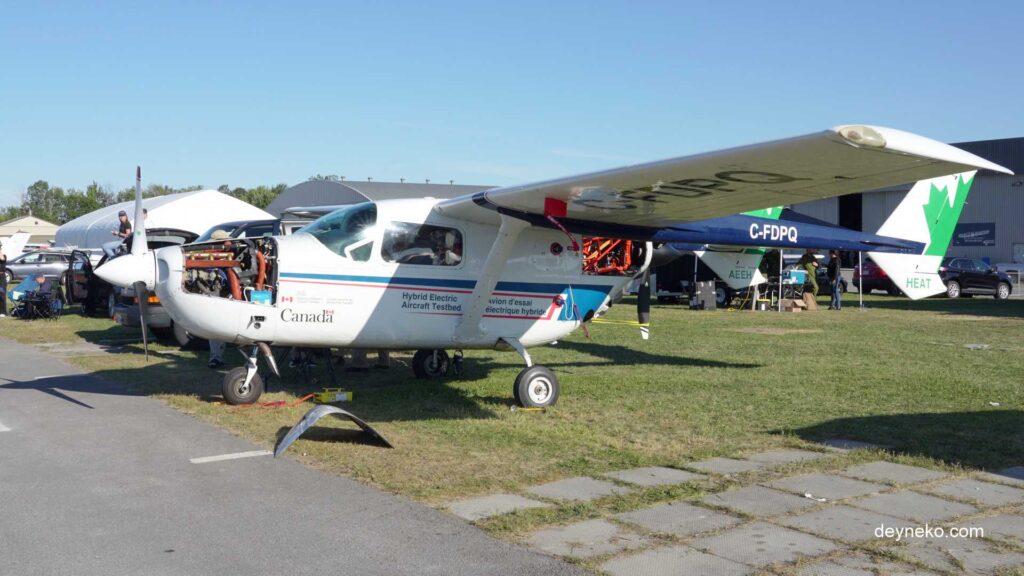

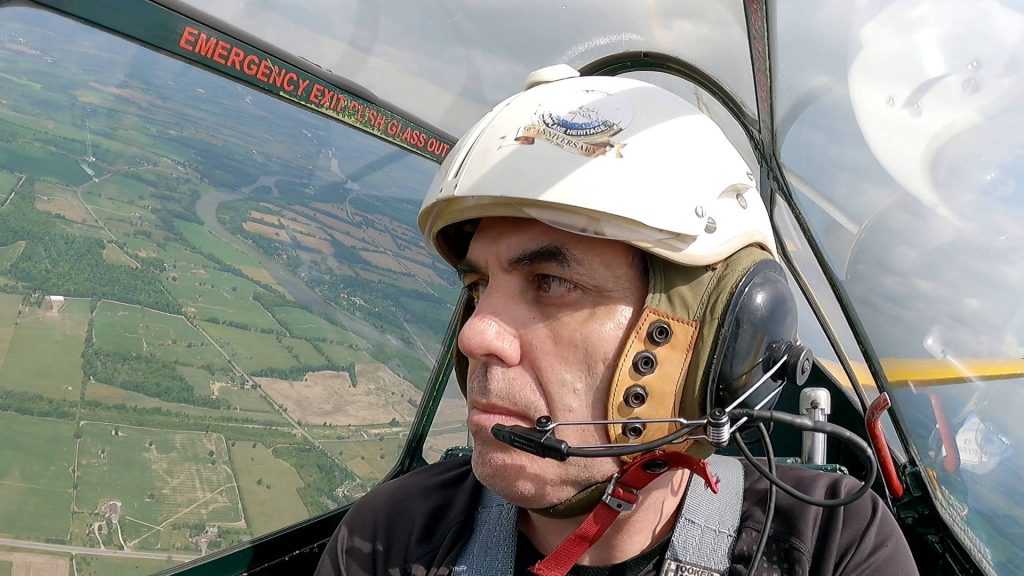
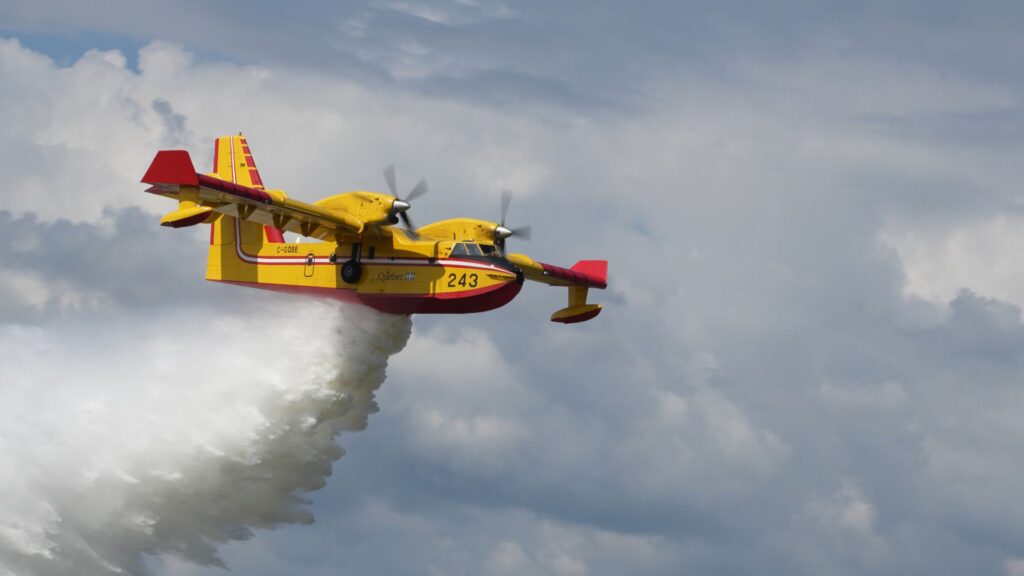
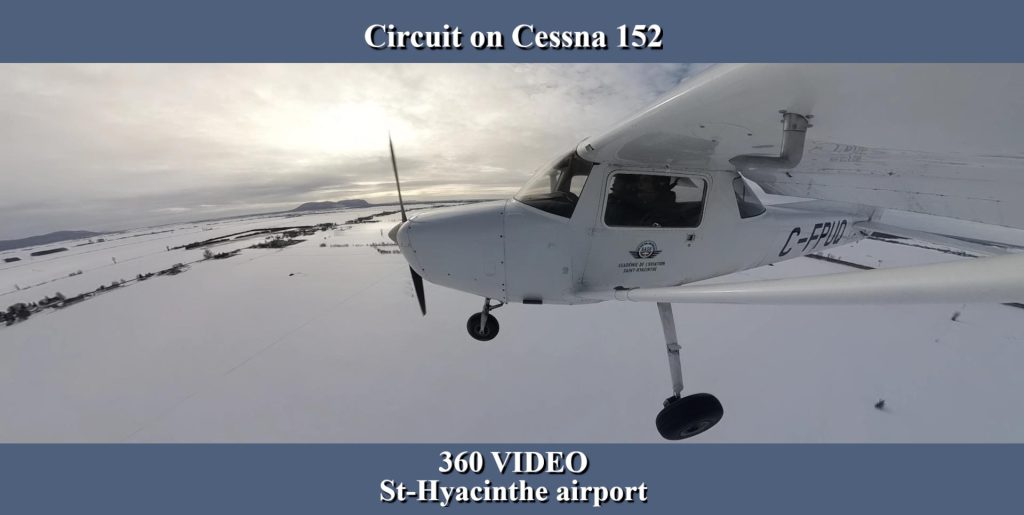

Nice video! Do you use GoPro Max?
No. Insta 360